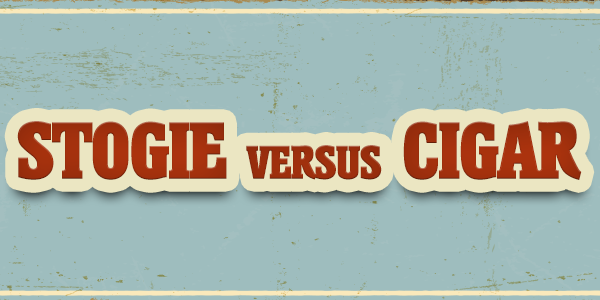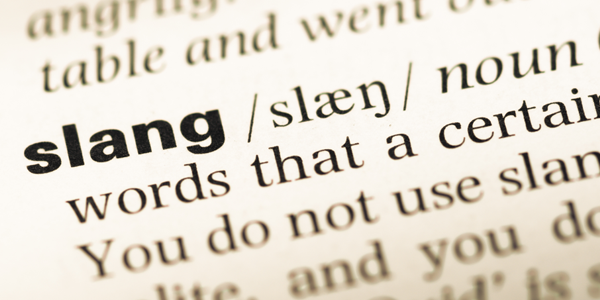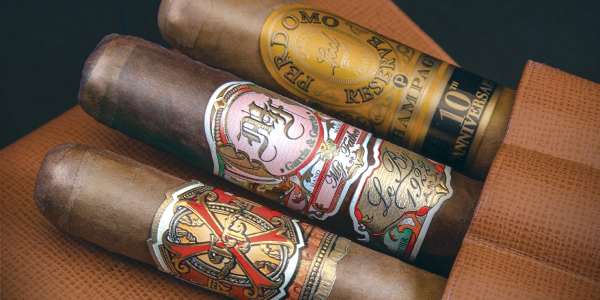Stogie vs. Cigars - What’s the Difference?
What are stogies? Well, never call a cigarette a “stogie,” at least not in front of a cigar smoker. That’s bad cigar etiquette. Stogie is slang for “cigar,” and the term’s got a good bit of history behind it. Asking your pals if they want to smoke some stogies with you is like asking them if they want to drink some brewskies (instead of beer). Let’s explore how cigars got this beloved nickname.
Where Does the Name Come From?
The definition of “stogie” is rooted deeply in the history of cigars in the United States. It’s derived from Conestoga, Pennsylvania, where the Amish have been growing tobacco the same way for over 300 years in Lancaster County, and – of equal significance – where the first Conestoga wagons were manufactured. The wooden freight wagons with canvas tops were vital in transporting goods and people throughout Maryland, Ohio, and Virginia in the mid- to late-1700s between rural areas and towns and cities, according to a thorough account on the History channel’s site.
“Conestoga” is likely an Iroquois word meaning, “people of the cabin pole.” Conestoga is also the name for a Native American tribe, also called the Susquehanna or Susquehannock, who lived along the Susquehanna River. The Conestoga River is a tributary of the Susquehanna River. The Conestoga people traded with colonists in Pennsylvania, though many were murdered in a brutal massacre by a vigilante group called the Paxton Boys, in 1763, in retaliation for Native American hostility during Pontiac’s Rebellion. Quaker leader and founder of the Pennsylvania colony, William Penn, offered a $600 reward for any information that would lead to the capture of the vigilantes who evaded justice with the help of sympathizers.
Conestoga wagons were the eighteen-wheelers of their day. Mennonite German settlers designed and built the durable wagons to haul up to six tons of freight over extremely rough terrain. A wagon’s contents were secured from shifting due to curved floorboards which prevented the freight from falling out during transit. Canvas wagon covers were secured over wooden hoops, and the fabric could be soaked in linseed oil to make it waterproof. The heavy cargo wagons were pulled by a special breed of horses, called Conestoga horses, in teams of four or six and could travel 12 to 14 miles per day. The drivers would typically walk beside the wagons, ride on one of the rear horses, or ride on a board that was drawn from under the wagon bed in front of one of the rear wheels.
The word “stogie” enjoyed multiple meanings during America’s frontier days. The wagon drivers were called “stogies,” as were the durable shoes they wore. Eventually, the term was applied to the long, thin, and rugged cigars many wagon drivers smoked. The strong and distinctive cigars were mostly rolled from Pennsylvania tobaccos. Though far fewer tobacco crops are grown in Pennsylvania today than centuries ago, Pennsylvania Broadleaf tobacco is still harvested there, and cigar-makers continue to blend with this unique tobacco. Although the expansion of the railroad rendered Conestoga wagons obsolete in much of the country by the late 1800s, we still call cigars “stogies.”
Modern Use of the Term
Because the cigars the pioneers smoked on their Conestoga wagons were of a fairly rough and rudimentary nature, “stogie” has commonly been used as a reference for cheroots, or cheap cigars that are opened on both ends, like those made by Henry Clay, De Nobili Toscani, and Backwoods. Today, however, cigar lovers apply the term broadly to all cigars, including premium handmade brands you know and love, as well as good cheap cigars.
Why Smoke Stogies?
We smoke stogies to hang out with our best buddies, celebrate a special occasion, watch a big game, or simply relax. If you’re a cigar novice, follow our tips for new cigar lovers when you’re deciding what stogies to buy the next time your pals are coming over for a poker game.







